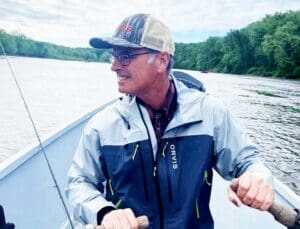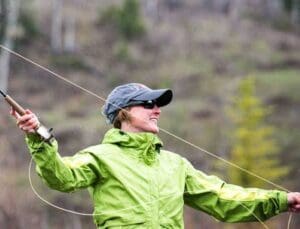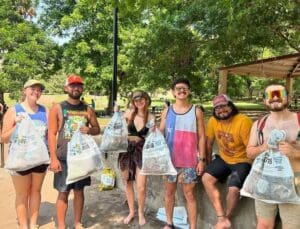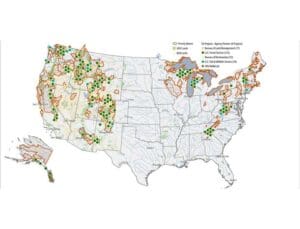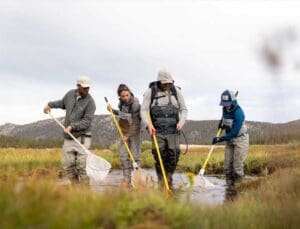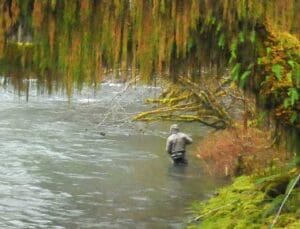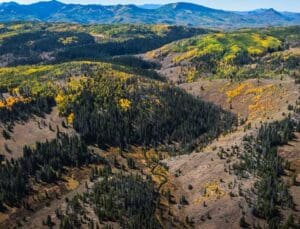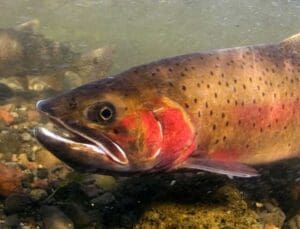Conservation wins
WITH YOU, WE CROSS
FINISH LINES
TU is committed to solving hard problems that often require years of unwavering resilience and collaboration before we can cross the finish line. Your ongoing support is a sustaining force behind our success, enabling us to overcome roadblocks, mobilize communities, and work tirelessly to get the work done. Below are two examples of hard-earned conservation wins that benefit fish, people, and communities. Read about more wins in the press release section of our TU Media Resources.
A First in 50 years: Free-flowing Mettawee River in Vermont
Conservation is a long game. That proved true on the Mettawee River in rural Vermont where TU dedicated nearly a decade to removing dams that have been blocking fish passage for over 50 years. Reconnecting this rich fish habitat was a priority but knitting together funding and support for six projects in six years proved tricky. With all the dams located on private property, TU developed relationships with landowners and gained their support—and trust—to remove each barrier. After removing the barriers, TU’s team on the ground continued their efforts to nurture the river, bolstered by the support of private funders and local members. They restored miles of streambank on both the northern and southern sections of the Green Mountain National Forest. Today, the Mettawee River runs free from its tiny Green Mountain headwaters to Lake Champlain.
Mettawee River in Vermont
“It was more intensive than a lot of our projects. To be able to string six projects together like that is really hard, especially in New England. It was a significant effort, but one I hope to replicate in many more areas over time as a great example of what can be accomplished with perserverance and the power of relationship-building.”
Erin Rodgers, TU Program Manager
Advocacy in Action: 20 Years of Protections Secured for Wilderness and Waters in Colorado
For over a decade, TU advocated protections for the pristine Thompson Divide area, home to some of Colorado’s most storied headwaters. TU worked with sporting groups and local officials to secure protections for the region, including supporting the Thompson Divide Withdrawal and Protection Act still working its way through Congress. In April 2024, the U.S. Department of the Interior announced that nearly 225,000 acres of public land in the Thompson Divide had been withdrawn from all forms of mineral entry, appropriation, and disposal for the next 20 years. TU continues to engage communities and officials to protect high-value fisheries across the country, ensuring all Americans can fish and hunt in great, wild country for generations to come.
Thompson Divide in Colorado
“This is a historic step in preserving Colorado River cutthroat trout habitat in one of the last wild places in Colorado. A twenty-year oil and gas withdrawal on Forest Service lands will not only support fish and wildlife, but will also boost Colorado’s outdoor recreation economy, which generates over $37 billion in consumer spending annually.”
Steve Kandell, TU Director, Protection Campaign Center
